Solving Hole Defects in Zinc Castings: A Die Casting Case Analysis
Author: SAIVS Date Published: Aug 25,2025
Case Analysis: Solving Hole Defects in Zinc Castings at the Slag Discharge Position
Precision is paramount in the Die Casting process. A small defect can compromise the integrity and aesthetics of a product, leading to costly waste and production delays. A common issue encountered in zinc die casting is the presence of holes or defects at the slag discharge position. Here at saivs, we analyze and solve such challenges to ensure our clients get the highest quality products. This case study on a zinc casting for e-cigarette parts provides valuable insights into how to diagnose and correct this specific issue.
1. Casting Information
Product Name: E-cigarette Parts
Product Request: No Defects On The Surface
Product Process: die casting machine tonnage 160T
Nozzle Caliber: 13 MM
Choose Material: 3# Zinc alloy
Whether To Use Regrind: Yes
The product's requirement for a flawless surface is a critical factor. The use of 3# zinc alloy and the 160T die casting machine are standard, but the presence of regrind material can introduce impurities if not managed properly. While regrind itself isn't the primary cause of this defect, it's a variable that needs careful consideration in Quality Control.
2. Product Issue
The primary issue identified was a hole defect located specifically at the slag discharge position of the casting. This defect compromised the part's aesthetic quality and could potentially affect its functionality.
3. Product Analysis
After a thorough analysis by our technical team at SAIVS, the root cause was identified as an unreasonable classification and positioning of the slag discharge. This led to a significant problem: difficulty in both slag discharge and proper air exhaust from the mold. In die casting, molten metal fills the mold cavity at high speed, and any trapped air or impurities (slag) can create voids or holes in the final product. The slag discharge and exhaust system are crucial for allowing these gases and impurities to escape the mold.
In this particular case, the positioning of the slag discharge was incorrect, leading to premature sealing. This trapped air and slag, manifesting as the undesirable holes in the final product. It is a classic example of a design flaw in the mold's venting and discharge system.
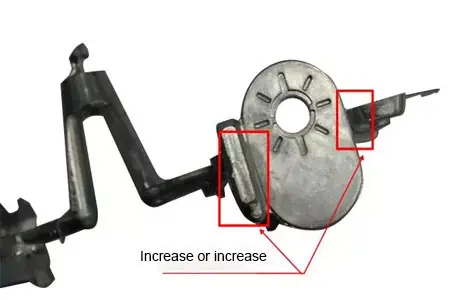
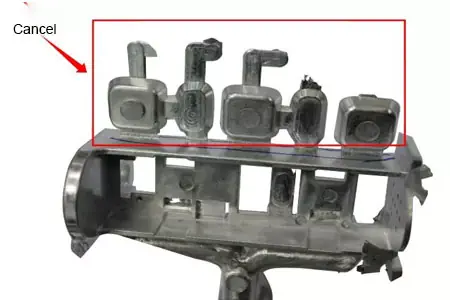
4. Improvement Measures
Based on our analysis, SAIVS recommended the following improvement measures to resolve the defect:
Adjustments to the Original Plan
The initial plan had a significant flaw in its slag discharge design. Our expert team at SAIVS proposed a revised approach to rectify this:
- Do not seal off the original slag discharge: The original design's error was in prematurely sealing the slag discharge. It must be kept open to allow impurities to escape throughout the filling process.
- Increase or increase the slag discharge of the sliders on both sides: By adding more slag discharge channels, we can create more pathways for slag and air to exit the mold, ensuring a complete and defect-free fill.
The parting of the mold structure was also a key consideration. The mold reopening must be staggered with the feed to prevent premature sealing of the exhaust channels. This ensures that the slag discharge operates correctly at the end of the filling process, where it is most effective.
5. Key Tips for Slag Discharge and Die Casting Success
This case is a typical example of common die casting challenges. To help you avoid similar issues, SAIVS offers the following principles for optimal slag discharge:
The Principle for Slag Discharge Position
Position at the End of the Filling
The slag discharge channel should, as far as possible, be placed at the end of the filling process. This is the last area the molten metal reaches, making it the ideal location for trapped air and slag to be pushed out.
If the channel is opened during the filling process, it is easy to seal the exhaust in advance, which interferes with the normal flow of the molten material. This leads to defects like the holes seen in this case. The timing and placement of the slag discharge are critical for maintaining the integrity of the casting.
At SAIVS, we understand the intricacies of die casting. Our expertise in Mold design and manufacturing ensures that we create tools and products that are free from such defects. Our comprehensive services include not only high-quality manufacturing but also in-depth analysis and problem-solving for all your casting needs. Partner with us to achieve flawless results and maximize your production efficiency. Contact SAIVS today to learn more about our solutions for die casting and how our expertise can benefit your business.
Why Choose SAIVS™ as Your Supplier?
1.Superb Quality Control Management
At SAIVS, we take pride in our perfect quality management systems and procedures, which guarantees the excellent performance of all our producs, being a professional Investment Casting | Die Casting| Sand Castingmanufacturer in China.
2.Rich Production Experience
With 20 years of experience in production, SAIVS has a deep understanding of the market and trends, and strives for continuous research and innovation. This has created advantages in both the product's performance and appearance.
3.Competitive Prices
As a Chinese factory committed to becoming the most cost-effective Investment Casting | Die Casting| Sand Castingexporter in China, SAIVS provides high-quality products at advantageous prices. By lowering costs and increasing efficiency, we ensure that our customers receive the best possible value for their investment.
4.Perfect After-sales Service
At SAIVS, we strive to provide superior customer service that meets and exceeds expectations. We are always available for any questions or concerns you may have, and we stand by our commitment to providing excellent after-sales support.
Related Posts
-
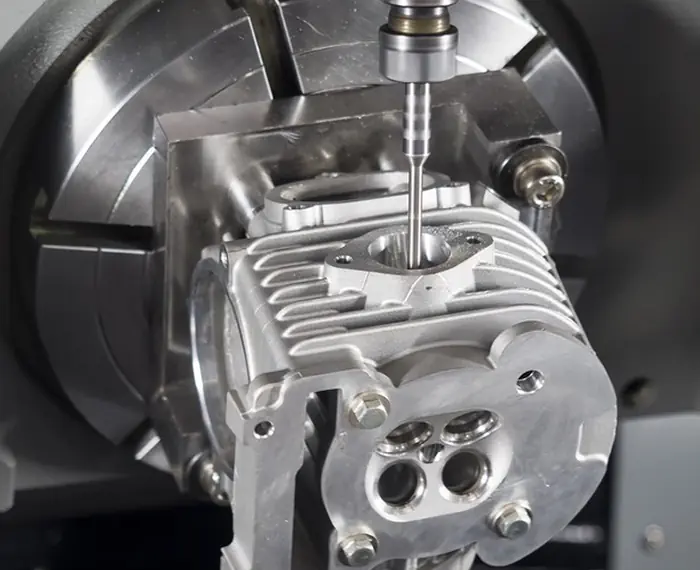
Enhancing CNC Machining with Wavelet Analysis for Accurate Overcut Detection
In the realm of CNC machining, precision and efficiency are paramount, especially in complex applications like mold manufacturing.However, challenges such
-
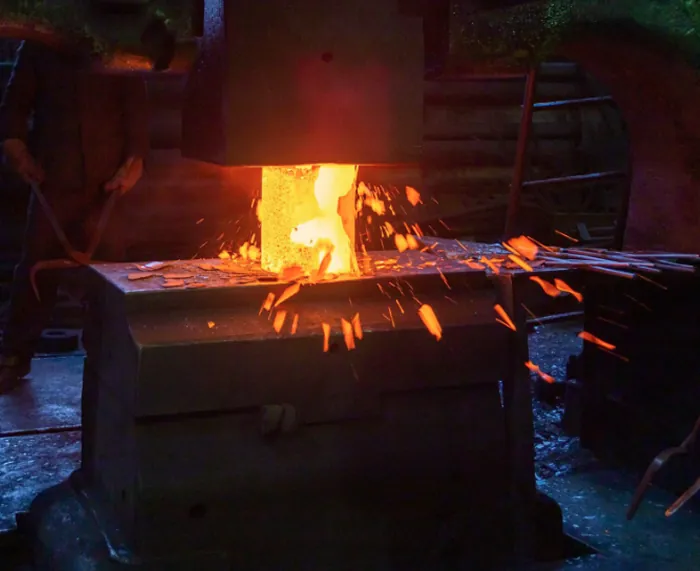
Cold Forging And Hot Forging:What Is The Difference
Forging is a widely used manufacturing process that involves shaping metal by applying compressive forces.Two primary methods of forging are hot forging and col...
-

Forging vs. Machining: A Comprehensive Comparison
Forging and machining are two fundamental industrial processes that shape and manufacture metal parts. Each process has advantages and disadvantages, makin
-
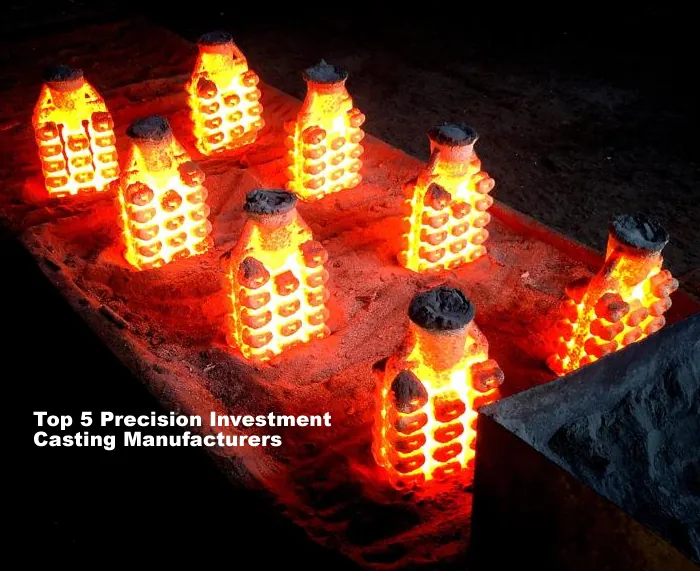
Top 5 Precision Investment Casting Manufacturers
This article introduced the top 5 investment casting companies. If you have questions about your investment casting project, feel free to contact us today!
-
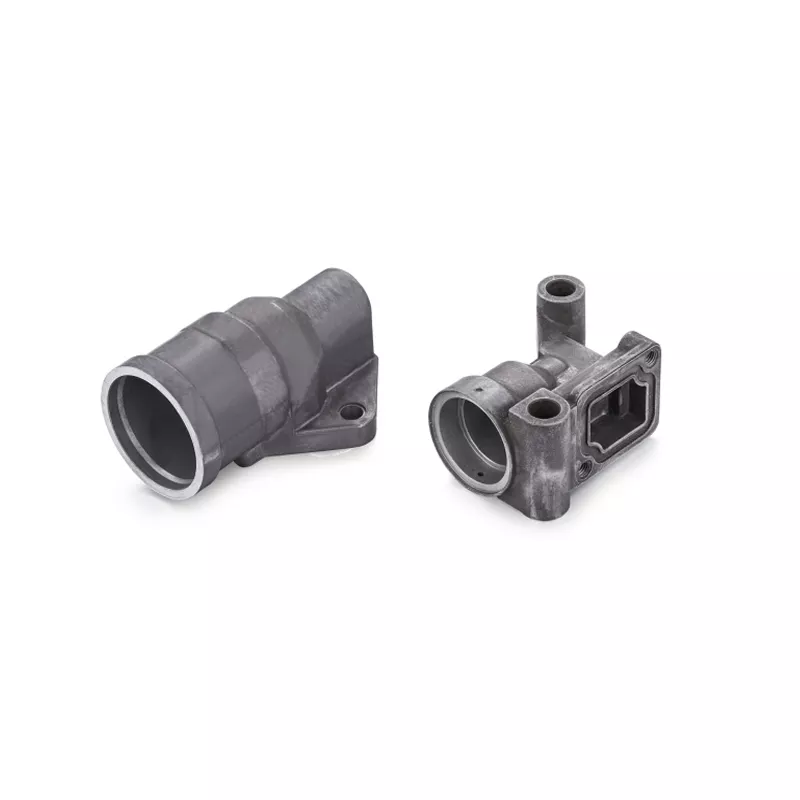
How to remove burrs from aluminum alloy die castings?
Due to the influence of raw materials, equipment and other factors during the production of aluminum alloy die castings, burr is common. How to remove these bur...
-
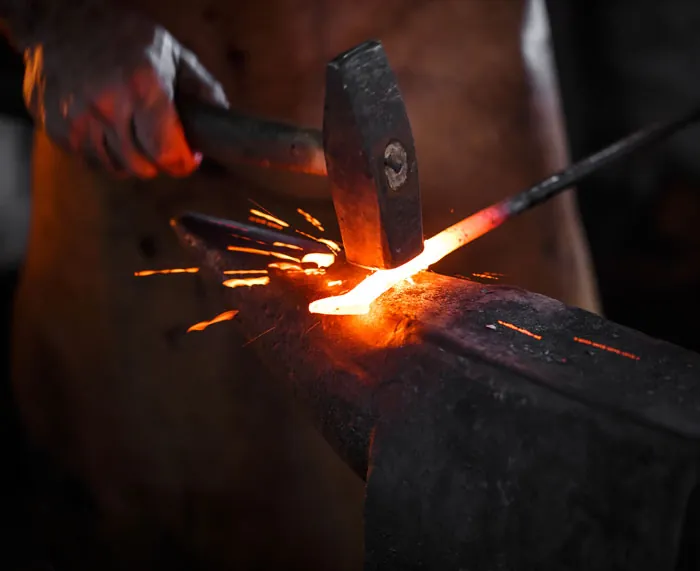
Finding Insights Into Various Forging Techniques
Forging is a manufacturing process that involves shaping metal by applying compressive forces. There are several different forging processes, each with its own ...

